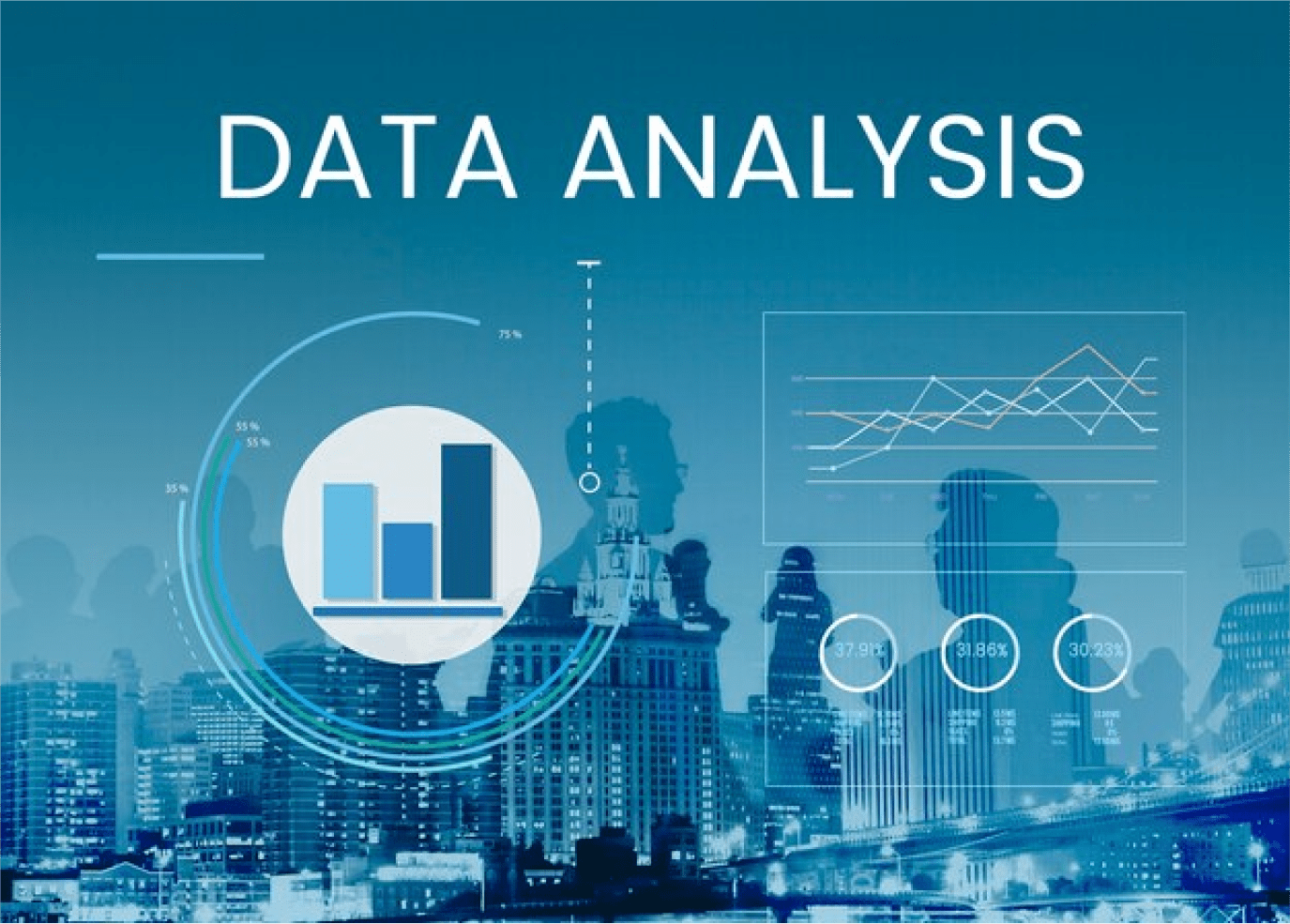
Course Content
Introduction to data and Information
Organize and Analyze Data to drive decision making
Summarizing data using micro-Analysis
Analyzing and interpreting Data using pivot data and charts
Introduction To Inferential Statistic
Data Visualization and interpretation
Regression analysis (prediction & forecast)
Causality and Correlation
Statistical analysis using Parametric and Non-Parametric Tests
Data, Databases, schemas and database management system
Managing database and tables
Retrieving data in SQL server
Sorting records
Functions
Subqueries
Creating and formatting a table visualization with PowerBI
Creating different visualizations: Matrices and bar charts
Adding more control to your visualizations
Getting Data
Creating a Data Model
Introduction to DAX functions, including Logical functions
Dashboards
Student Ratings & Reviews

No Review Yet